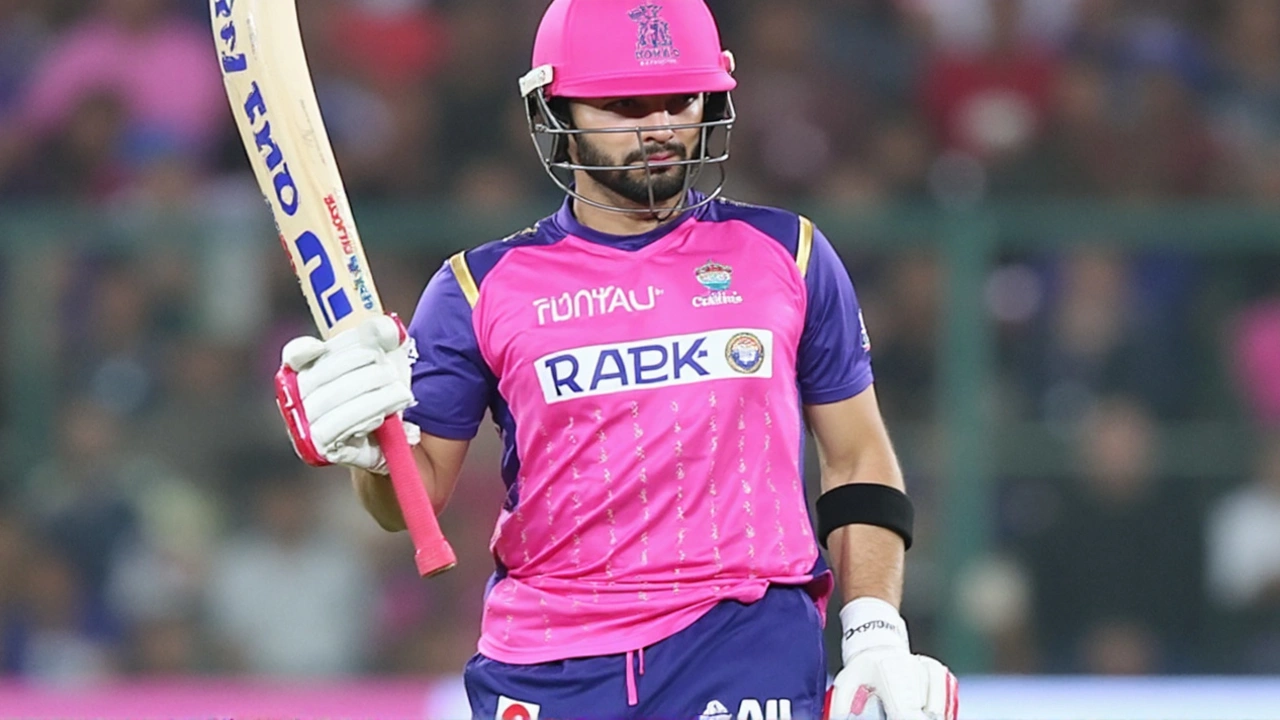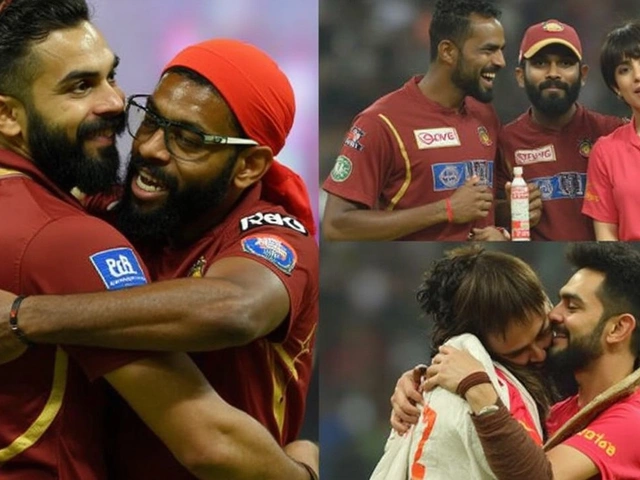Cricket Captain: Skills, Stories & Tips for Leading the Team
Ever wondered why some teams always seem to pull off close wins? A big part of that is the captain. In cricket, the captain does more than just win the toss – they set field placements, decide bowling changes, and keep the team’s morale high. Let’s break down what makes a captain tick and learn from a few famous leaders.
What Makes a Good Cricket Captain?
A good captain needs three core strengths: game sense, communication, and calm under pressure. Game sense means reading the pitch, the weather, and the opponent’s tactics. When a captain spots a turning point, they know whether to bring on a spinner or bowl a fast bowler.
Communication is the next piece. A captain must explain decisions quickly so the players can react. Simple phrases like “short ball, mid‑wicket” or “push the field” keep everyone on the same page. Even a short, clear instruction can change the flow of a match.
Finally, staying calm is key. Runs are stacking up, the crowd is noisy, and a wicket falls. If the captain panics, the whole side can lose confidence. The best captains keep their voice steady, give a quick pep talk, and refocus the team on the next ball.
Famous Captains and Their Secrets
Take Mahendra Singh Dhoni. He never shouted; he used a calm, steady tone. His famous “when you step off the field, you are a winner” attitude helped India win the 2011 World Cup. Dhoni’s secret was trusting his bowlers and giving them space to execute plans.
Another example is Steve Smith of Australia. He reads the batsman’s weaknesses like a book. When a batsman struggles against the off‑side, Smith moves the field quickly and brings on a bowler who can exploit that gap. His constant adjustments keep the opposition guessing.
In the IPL, Rohit Sharma leads Mumbai Indians with a mix of aggression and player empowerment. He lets senior players speak up during team meetings, which builds ownership. Rohit also knows when to unleash a power‑hitting batsman at the right moment, turning games in a few overs.
These leaders share a habit: they review the match constantly. After each over, they ask themselves what worked and what didn’t. That habit turns good decisions into great ones over the season.
For anyone looking to improve their own captaincy, start with a simple routine: before every innings, write down three things you’ll watch – pitch behavior, opponent’s favorite bowler, and the batting order’s weak spots. During the game, keep a notebook or use a phone app to jot quick observations. After the match, spend five minutes reviewing what you wrote and adjust your plan for the next game.
Remember, you don’t need years of experience to be an effective captain. By focusing on clear communication, staying calm, and constantly learning from each ball, you can lead your side to better performances. The next time you pick up a bat or a ball, think like a captain – observe, decide, and act with confidence.
Ready to try these tips? Grab a notebook, watch a match, and test one new habit in the next game. You’ll see the impact on the field faster than you expect.
Riyan Parag Leads Rajasthan Royals as IPL 2025 Interim Captain
Riyan Parag steps up as interim captain for Rajasthan Royals in IPL 2025 while Sanju Samson recovers from surgery. Leading the team for three games, Parag is celebrated for his leadership experience with Assam's domestic team at just 23, becoming the youngest captain for Rajasthan Royals and the first from Northeast India in IPL history.





